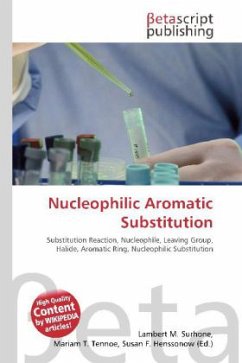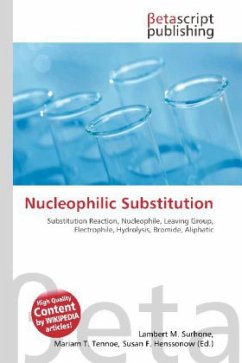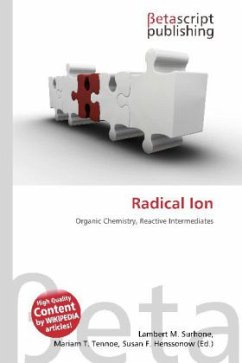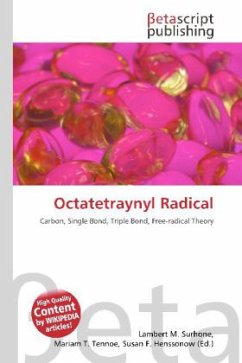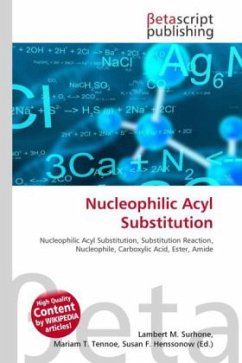Please note that the content of this book primarily consists of articles available from Wikipedia or other free sources online. In organic chemistry, a radical substitution reaction is a substitution reaction involving free radicals as a reactive intermediate. The reaction always involves at least two steps, and possibly a third. In the first step called initiation (2,3) a free radical is created by homolysis. Homolysis can be brought about by heat or light but also by radical initiators such as organic peroxides or azo compounds. Light is used to create two free radicals from one diatomic species. The final step is called termination (6,7) in which the radical recombines with another radical species. If the reaction is not terminated, but instead the radical group(s) go on to react further, the steps where new radicals are formed and then react is collectively known as propagation (4,5) because a new radical is created available for secondary reactions.
Bitte wählen Sie Ihr Anliegen aus.
Rechnungen
Retourenschein anfordern
Bestellstatus
Storno


